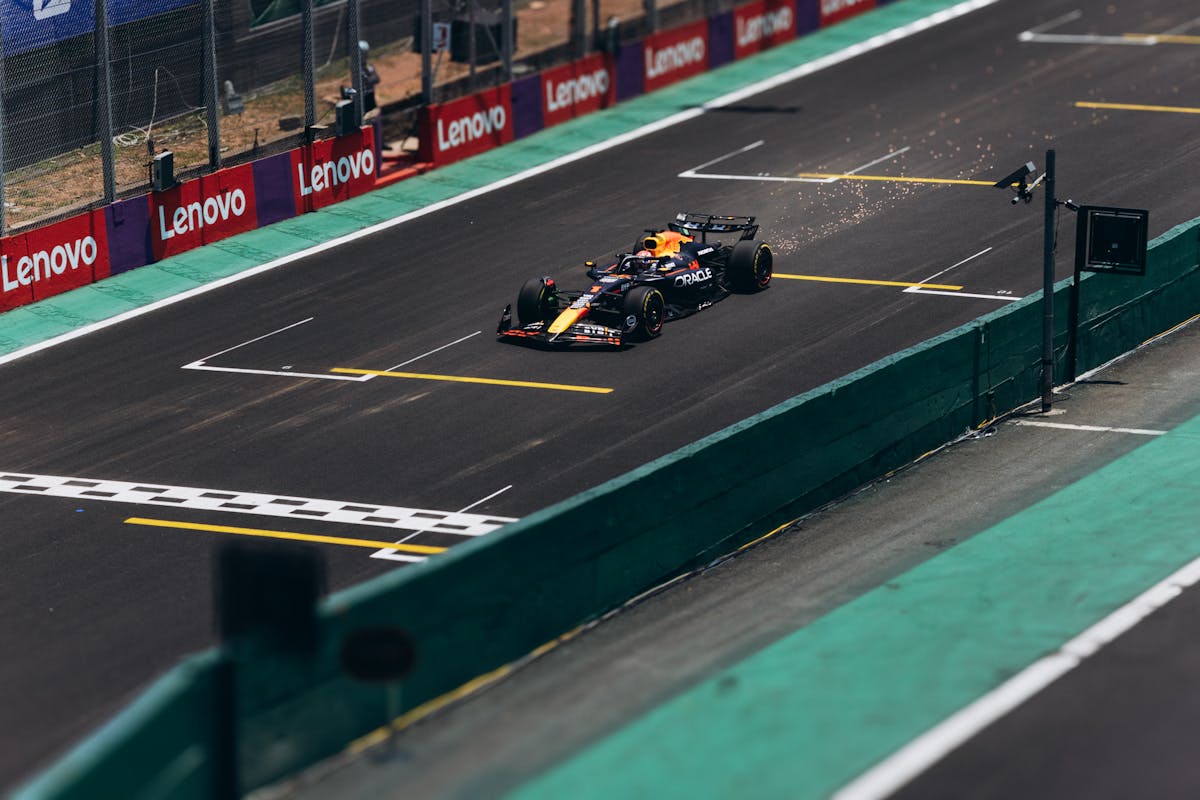Sustainability in Extraction: AI’s Role in Green Oil and Gas
The global energy landscape is fluctuating rapidly in response to growing concerns about climate change and environmental degradation. Industries that have traditionally been major sponsors of these problems are now looking for ways to reduce their environmental impact. The oil and gas sector is leading the way in this effort, using advanced technologies like artificial intelligence (AI) to make its operations more sustainable.
The Need for Sustainability
The imperious sustainability has transitioned from mere rhetoric to a driving force across sectors, demanding a revision of established practices. The extraction of oil and gas, an essential of the global energy supply, has traditionally been associated with a considerable environmental footprint. From disruptive drilling operations to energy-intensive extraction systems, the industry has struggled to balance its vital energy role with the urgent need for environmental stewardship.
AI’s Promise of Sustainability
Enter Artificial Intelligence (AI), a technology that is redesigning various industries, including oil and gas. AI’s transformative potential is particularly evident in the chase of sustainable extraction practices. Artificial intelligence (AI) can help to reconcile energy demand with environmental responsibility through its unique ability to process large amounts of data, identify patterns, and optimize complex processes in real-time.
Precision in Geological Assessment
AI’s entry into green oil and gas extraction begins with its claim in geological assessments. Traditional methods of recognizing optimal drilling locations are time-consuming and less precise. AI algorithms can rapidly analyze geological data, allowing geologists to make well-informed decisions. This pinpoint accuracy in identifying areas rich in hydrocarbon reserves streamlines extraction operations, dropping the need for extensive exploration and minimizing environmental disruption.
Adjusting Well Placement
AI’s analytical competencies extend to optimizing well placement. By evaluating multiple factors such as geological formations, pressure gradients, and reservoir characteristics, AI algorithms recommend well locations that maximize resource recovery while minimizing environmental impact. This not only improves operational efficiency but also minimizes the need for excessive drilling, preserving delicate ecosystems.

Vindicating the Environmental Impact
AI’s potential for reducing the environmental impact of extraction is perhaps the most promising feature. AI-driven algorithms enable predictive modeling of drilling scenarios, allowing engineers to get ahead of challenges and adjust operations accordingly. This proactive approach can avoid accidents like oil spills, which have devastating ecological consequences. Moreover, AI can optimize drilling parameters in real time, reducing energy consumption and emissions connected with drilling operations.
A Holistic Approach to Sustainability
AI’s role in green oil and gas extraction goes beyond operational competencies. It contributes to a more inclusive and sustainable approach to resource management. By predicting equipment maintenance needs, AI minimizes downtime and prevents spontaneous shutdowns. This not only improves operational continuity but also reduces the need for replacement parts, ultimately leading to less waste generation.
Near Collaborative Progress
AI’s integration into the oil and gas sector for sustainable extraction signifies more than technological innovation—it’s about nurturing collaboration. Industry leaders, technology experts, and environmental advocates are joining forces to harness AI’s potential for the better good. Associations between oil and gas companies and tech firms are resulting in pioneering advancements that drive the industry toward greener practices.
Challenges and the Road Ahead
While AI’s potential for sustainable extraction is noteworthy, challenges lie ahead. Implementing AI technologies requires considerable infrastructure investments, talent acquisition, and training. Additionally, as AI becomes more integral to operations, addressing data security and privacy concerns becomes supreme.
The path forward includes a dual commitment: one toward technological advancement and another toward a cultural shift. As the oil and gas industry embraces AI, it must also promote a culture of environmental consciousness where sustainability is not an afterthought but a guiding principle.

Conclusion
Sustainability in extraction is no longer an ideal; it’s an imperative. The oil and gas industry’s adoption of AI’s transformative capabilities replicates a larger movement toward responsible and forward-thinking practices. The mixture of technology and sustainability is not a compromise; it’s a harmonious relationship that aligns energy needs with ecological preservation.
As AI continues to catalyze green oil and gas extraction, the industry stands on the brink of a new era—one where responsible resource management and energy security cohabit. The journey forward is marked by challenges and triumphs, breakthroughs and collaborations. With AI as the guiding compass, the oil and gas sector can evolve into a beacon of sustainability, proving that progress and environmental stewardship can go hand in hand.








